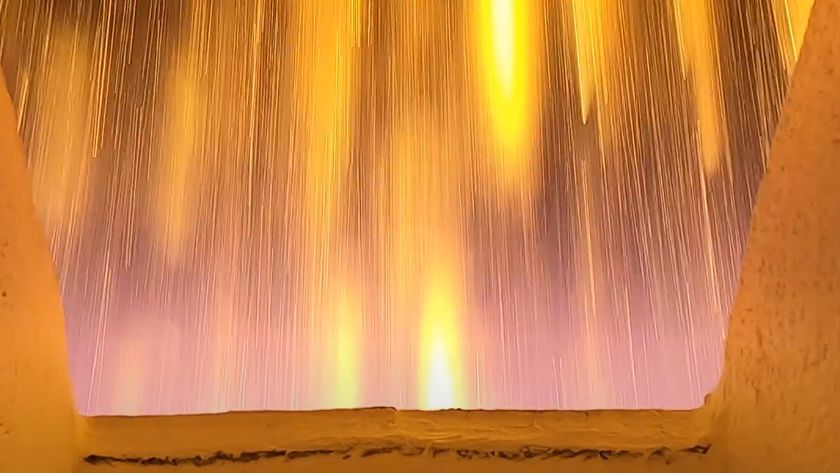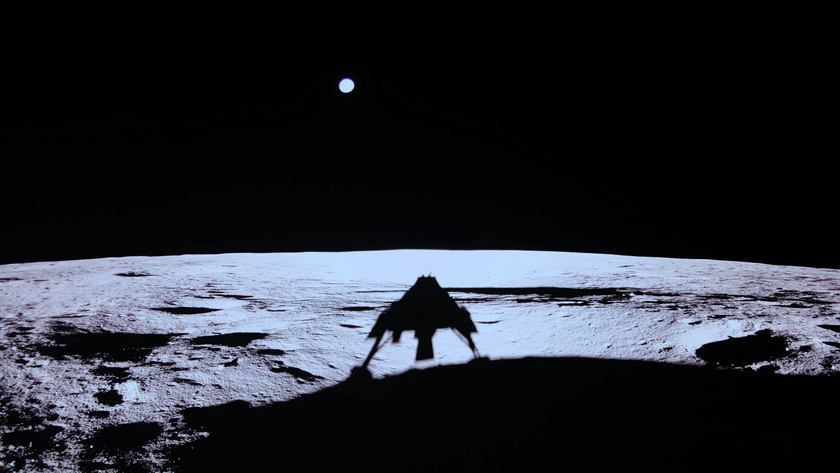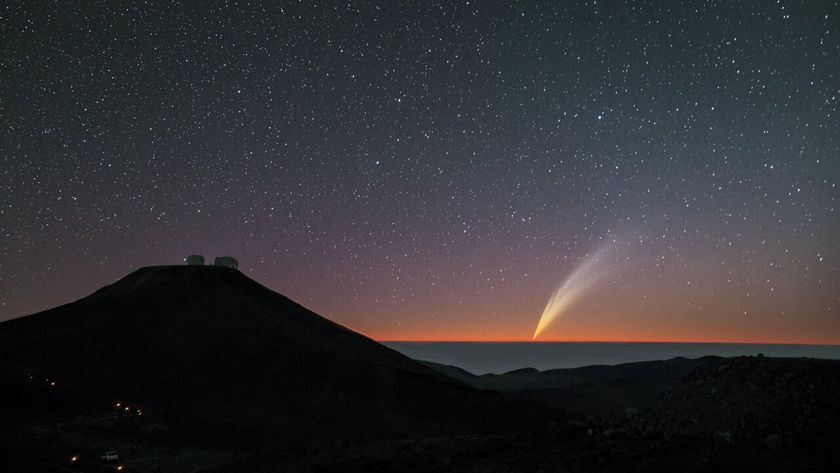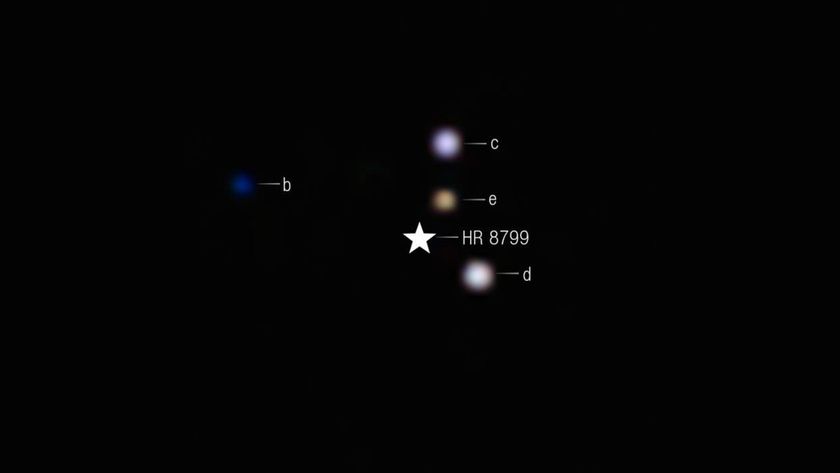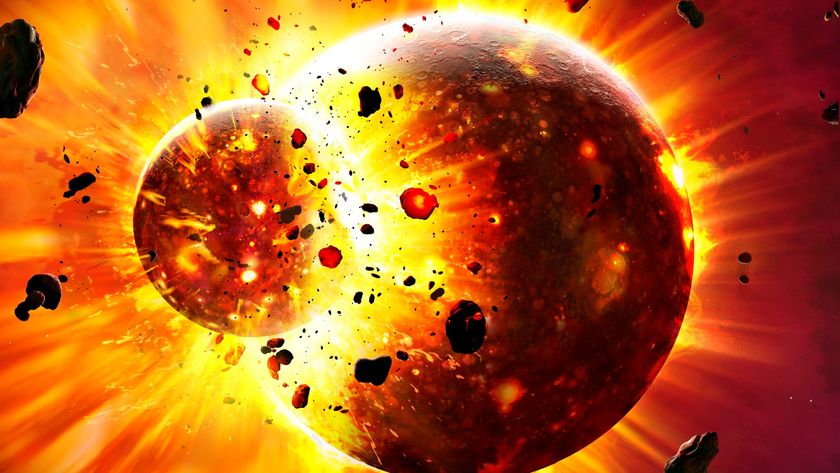Lunar Eclipse Webcast: Watch It Live Today

Editor's Note: The Slooh webcast of today's eclipse has been canceled due to bad weather at the observation sites.
The moon will dip through the outer edges of Earth's shadow on Wednesday (Nov. 28) in a minor lunar eclipse, and you can watch the event live online.
The so-called penumbral lunar eclipse, which is a relatively minor darkening of the moon, will be primarily visible from East Asia, Australia, Hawaii and Alaska, but die-hard observers in the western United States and Canada will have the best observing chances at moonset early Wednesday morning.
The event coincides with the full moon of November 2012. Stargazers in the Eastern U.S. and Canada will miss the lunar show, but the online Slooh Space Camera will be providing live views of the penumbral lunar eclipse beginning with a preview at 7 p.m. EST tonight (000 Nov. 28 GMT) of November full moon from an observatory in the Canary Islands, off Africa's western coast. [Penumbral Lunar Eclipse Explained (Photos and Maps)]
SPACE.com's feed of the Slooh webcast will appear here at show time:
Slooh's primary eclipse coverage from New Zealand and Hawaii begins Wednesday at 9:15 a.m. EST (1415 GMT). For a direct link to the Slooh eclipse webcast, visit: http://events.slooh.com/
Get the Space.com Newsletter
Breaking space news, the latest updates on rocket launches, skywatching events and more!
Lunar eclipses occur when the moon is on the opposite side of the Earth from the sun. During eclipses, the moon passes through Earth's shadow, causing a darkening effect. Because the moon's orbit around Earth is tilted, lunar eclipses do not occur every month.
When the moon lines up exactly with the Earth and sun, it creates a total lunar eclipse and the moon can take on a bloody-red color. When only part of the moon passes through the Earth's shadow, it creates a partial lunar eclipse.
The Nov. 28 eclipse is known as a penumbral lunar eclipse because the moon will pass through the outer edge of Earth's shadow, a region called the penumbra. The darkest portion of the Earth's shadow is called the umbra.
Editor's note: If you snap a photo of the dim penumbral lunar eclipse of 2012 on Nov. 28 and would like to share it with SPACE.com for a story or gallery, send images, comments and viewing location information to managing editor Tariq Malik at: tmalik@space.com.
Follow SPACE.com on Twitter @Spacedotcom. We're also on Facebook & Google+.
Join our Space Forums to keep talking space on the latest missions, night sky and more! And if you have a news tip, correction or comment, let us know at: community@space.com.

Space.com is the premier source of space exploration, innovation and astronomy news, chronicling (and celebrating) humanity's ongoing expansion across the final frontier. Originally founded in 1999, Space.com is, and always has been, the passion of writers and editors who are space fans and also trained journalists. Our current news team consists of Editor-in-Chief Tariq Malik; Editor Hanneke Weitering, Senior Space Writer Mike Wall; Senior Writer Meghan Bartels; Senior Writer Chelsea Gohd, Senior Writer Tereza Pultarova and Staff Writer Alexander Cox, focusing on e-commerce. Senior Producer Steve Spaleta oversees our space videos, with Diana Whitcroft as our Social Media Editor.


